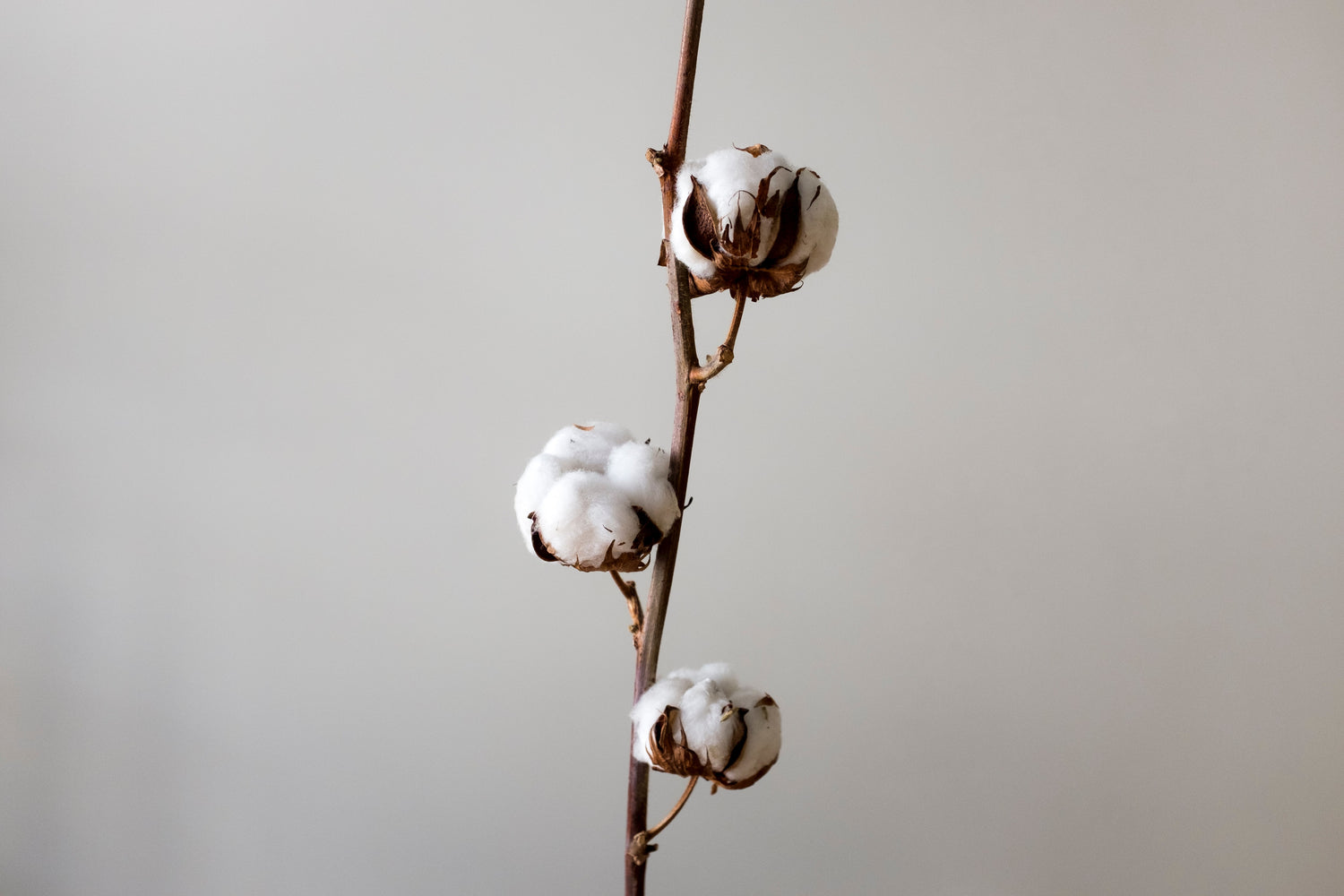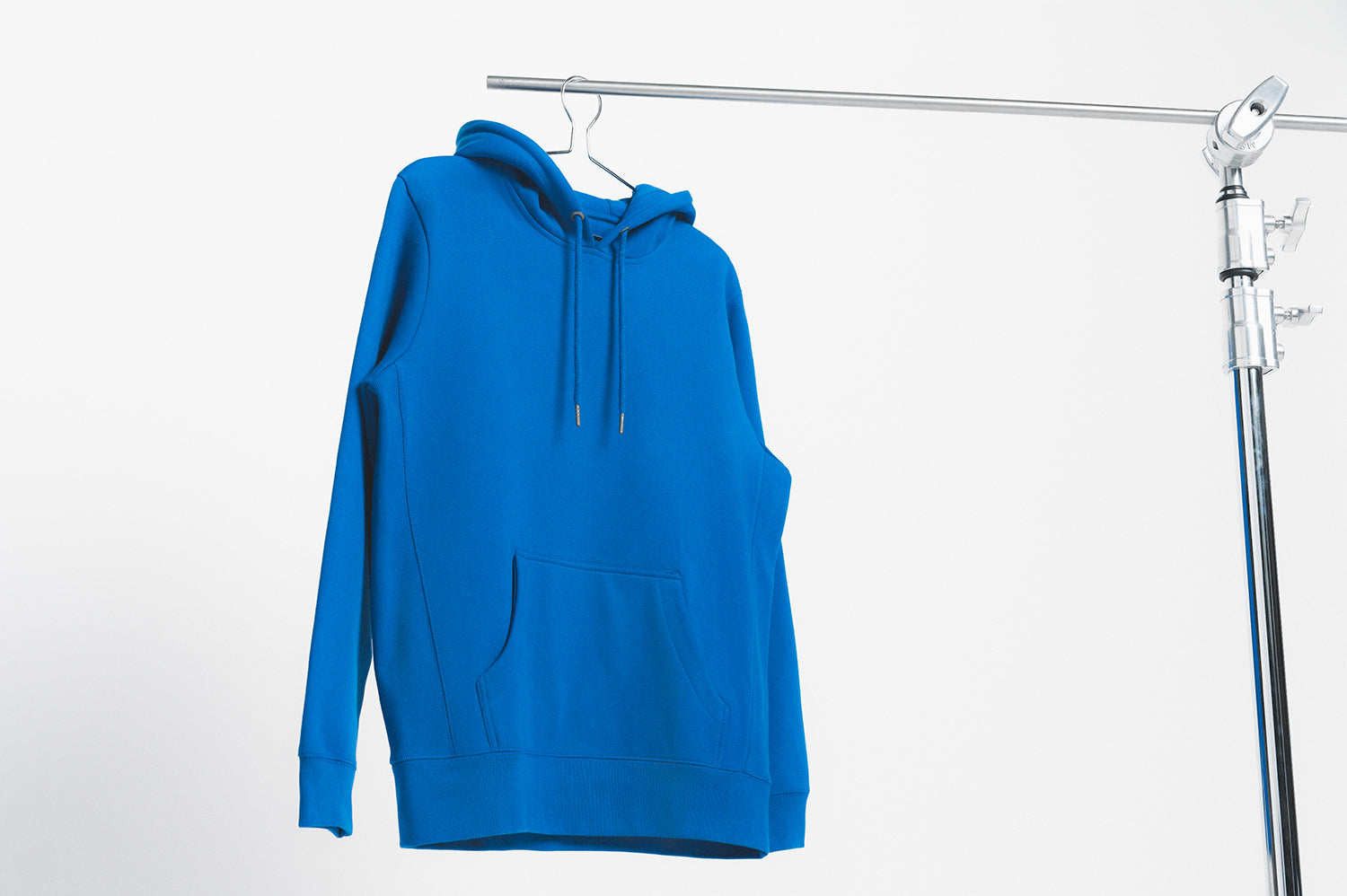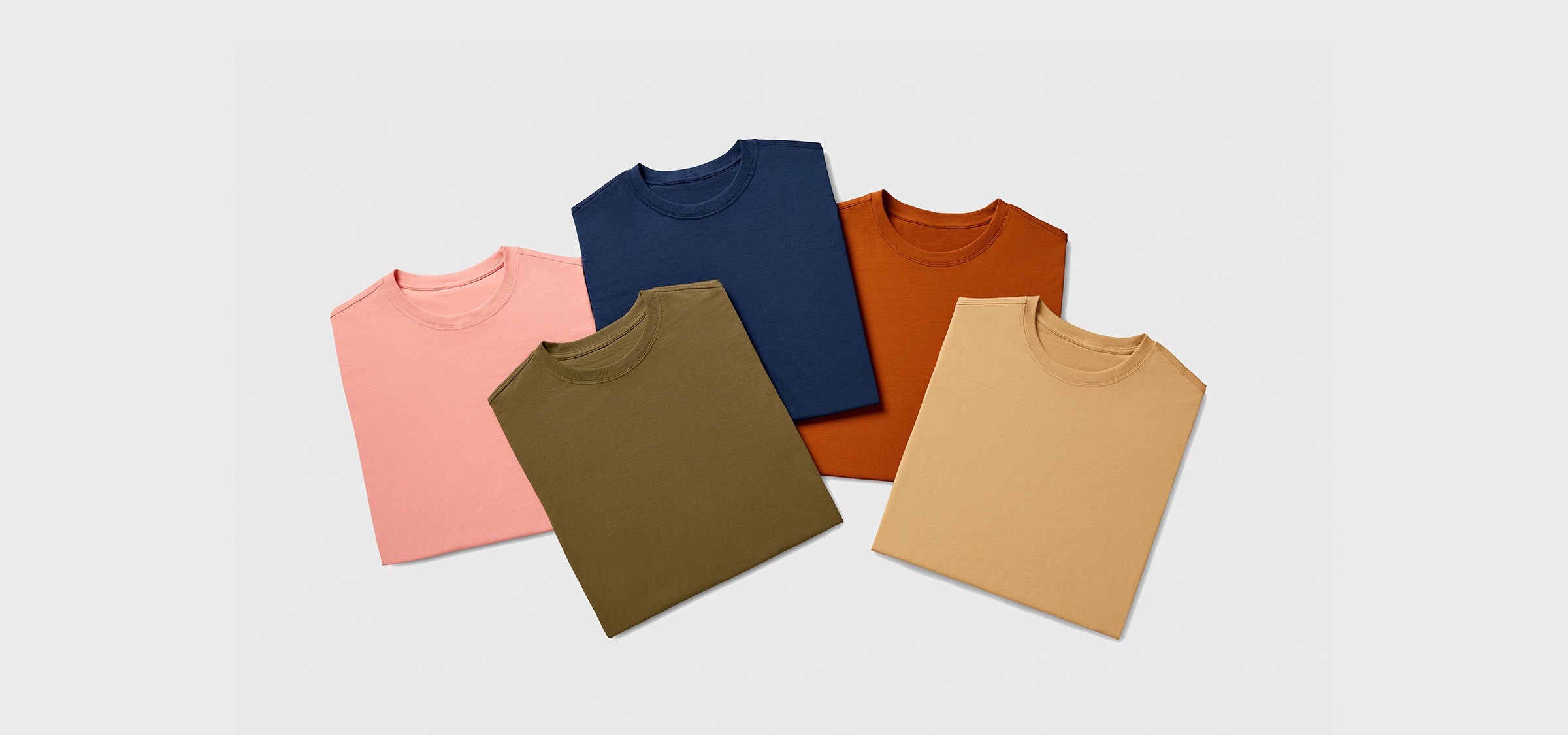One simple Google search for the words “cotton plant” will open a plethora of information. For a simple plant, the diversity of applications and uses is almost endless. Similar to a tomato, many varieties, applications, and factors contribute to an end result. Cotton is the primary natural fiber used by humans today, amounting to about 80% of the world's natural fiber production. Not all cottons are created equal, and many are grown in different environments that produce different results.
When people think of cotton, they usually think of apparel. Cotton is vital not only to the apparel industry but to agriculture and global trade industries as well. Once the fibers are harvested, the byproducts of the cotton plants are reused as bedding and food for animals. Because of cotton's mass appeal and multi-faceted uses, farmers, scientists, and consumers have all placed a great deal of resources into better understanding this plant.
Cotton Strands Explained
All cotton plants come from the genus Gossypium family. The two primary cotton species are the Gossympium Hirsutum and the Gossypium Barbadense. Gossypium Hirsutum makes up 97% of the cotton consumers are familiar with; the generic term for this cotton is Upland cotton. Upland cotton is the most widely planted species of cotton globally. It can grow in a variety of environments, making Upland cotton a significant source of trade for countries all over the world; including China, India, the United States, Pakistan, Brazil, Uzbekistan, and Australia.
The remaining 3% of the cotton produced worldwide is from the Gossypium Barbadense species. These are rare, valuable, and high-quality cotton fibers that produce a much different final product. The common names for this species of extra-long staple (ELS) cotton are Sea Island, Egyptian, American Pima, and Peruvian Pima. Gossypium Barbadense ELS cotton has a premium value and is traded across the globe. ELS cotton is known for its long, durable, and silky cotton fibers. The names for the different varieties of Gossypium Barbadense often only reflect the location from which they were grown i.e.
Egyptian cotton, Sea Island cotton, and Pima cotton are in the top 3% of cottons grown globally, and are distinctly different than regular cotton (Gossypium Hirsutum).
The History of Pima Cotton
In 1790, Francis Levett brought the early Sea Island cotton seeds from Barbados to grow the cotton off the coast of South Carolina and Georgia on the barrier islands. Sea Island cotton was, and still is, one of the most valued varieties of cotton - the fibers closely resemble silk fibers.
In 1860, the very first Eygptian cotton was fostered by a Frenchman by the name of Monsieur Jumel. He created the first ‘extra-long staple’ version of cotton. After the experimentation became successful, the Egyptian king was baffled by the quality, and since then, Egyptian cotton has taken off as a quality version of cotton.
In the early 1900s, the American Agricultural Department became involved. They started to work with the Pima tribe in Arizona to perfect the Egyptian strand. The strand became more sturdy and luxurious. The quality of the Pima seed grew exponentially and continues to grow throughout the 1900s to today.
In 1923, the American Pima species were transferred to test growing in Peru. Quickly, it was found that this species of cotton flourished in Peru. From there, we have seen both the American Pima and Peruvian Pima species thrive as the most durable and highest quality of extra-long staple cotton available to this day.
Supima® vs Pima Cotton
Pima is the name of the cotton variety grown not only in the United States but in Peru and Israel as well. Wherever it is grown, Pima cotton shares similar ELS cotton characteristics of superior length, strength, and fineness. Supima is the brand representing only American-grown Pima cotton. The difference between Supima and Pima at the retail level is the strict requirements for the use of the Supima® trademark. The fiber content must be authenticated to be American-grown Pima cotton to bear the Supima name. In contrast, there are no requirements to use the Pima name on a product with the result that a Pima-labeled product may not actually contain Pima cotton. The transparency of the provenance and quality of Supima® cotton has earned its renown as the best quality cotton available globally.






Leave a comment
This site is protected by hCaptcha and the hCaptcha Privacy Policy and Terms of Service apply.